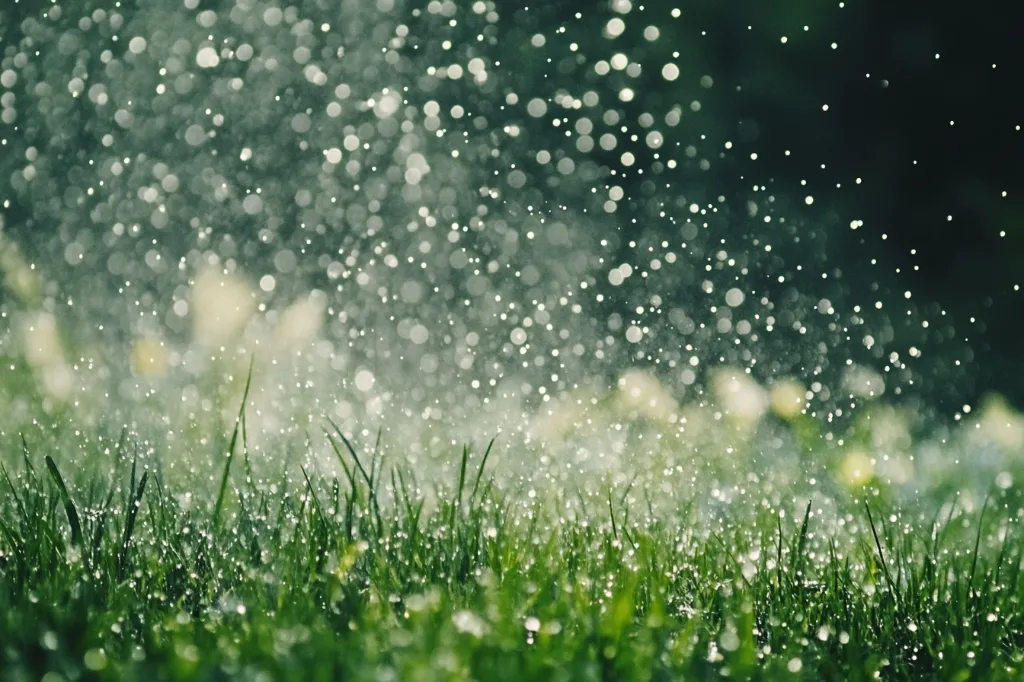Watering correctly in the spring sets the stage for a lush lawn
It delivers the moisture your grass needs while avoiding issues like shallow roots or excess runoff. With the right routine, you can maintain a balanced water supply and promote strong, resilient growth.
Watering Frequency
During spring, the frequency of watering depends on weather and soil conditions. Consider these points:
- Monitor Rainfall: Natural precipitation may reduce the need for additional watering.
- Check Soil Moisture: Water when the top 1-2 inches of soil feel dry.
- General Guideline: In many cases, watering once or twice a week is sufficient. Adjust frequency during dry spells.

Watering Time
Timing plays a key role in spring lawn watering. The best time to water is early in the morning. Here’s why:
- Reduced Evaporation: Cooler morning temperatures allow water to penetrate deeply.
- Minimized Disease Risk: Watering early prevents prolonged moisture on the grass blades, reducing the risk of fungal issues.
- Consistent Growth: Early watering helps your lawn absorb water before the heat of the day.
Using sharp blades ensures a smooth, healthy cut every time you mow.
Watering Depth
How much water should you apply? Aim for deep, infrequent watering to encourage strong roots. Consider this guideline:
Goal | Water Depth | Method |
Establishing Deep Roots | 1 inch per week | Use a rain gauge to monitor output |
Extended Dry Periods | 1-1.5 inches per week | Adjust based on soil drainage |
Watering deeply ensures that moisture reaches the root zone, supporting healthy growth.
Water Conservation
Efficient watering not only benefits your lawn but also conserves water. Try these tips:
- Use Timers: Set a timer to avoid overwatering.
- Monitor Soil Conditions: Adjust watering based on real-time soil moisture.
- Fix Leaks: Ensure your sprinkler system is free of leaks.
- Select Efficient Sprinklers: Use models that distribute water evenly.
These practices help you use water wisely while keeping your lawn healthy.
Sprinkler Systems
Different sprinkler systems suit various lawn sizes and shapes. Consider the following options:
- Rotary Sprinklers: Provide uniform coverage over medium to large areas.
- Oscillating Sprinklers: Ideal for rectangular lawns; they offer a steady stream of water.
- Impact Sprinklers: Durable and adjustable; best for larger areas.
- Drip Irrigation: Perfect for precise watering in smaller garden beds or along borders.
Choose a system that fits your lawn’s layout and your watering needs.

Effective watering lawn spring practices are essential for a thriving, green lawn.
Water early in the morning, focus on deep and consistent watering, and choose a sprinkler system that works for your space. These lawn watering tips ensure your grass gets the moisture it needs while conserving water. For a complete guide on seasonal lawn care, check our Spring Lawn Care Steps for a Lush, Green Lawn.



